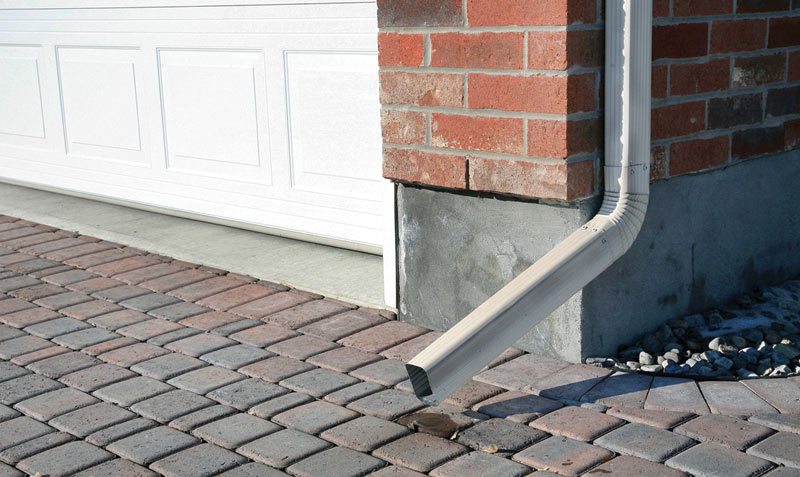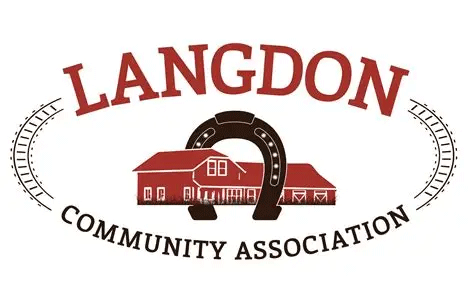On Wednesday, February 12 there was a committee meeting of the whole at Town Hall open to the public and designed for the Councillors and Mayor to learn more about stormwater management in Chestermere. Although it is somewhat a bland topic for most, it is none the less an important one and the future of Chestermere’s development depends on it.
At the short meeting, a presentation was given by Heather Kauer, Senior Planner with the Town of Chestermere describing the current storm water drainage overview as well as options for the future stormwater plan. She explained that the purpose of creating a master stormwater plan that focuses on the annexed areas is to produce processes and policies to coordinate stormwater management.
Kauer went onto explain that the reason stormwater drainage is so important is because it effects the surrounding wetlands as well as any future development including Waterbridge, the new 2400 acre proposed development that lies on the west side of Chestermere.
According to a website that deals with water management solutions within Alberta, continual development adjacent to and surrounding the Western Irrigation District (WID) irrigation works is accelerating stormwater management challenges for both the WID and surrounding communities. Communities like Chestermere have limited options for stormwater discharge; yet current flooding and discharge into the irrigation works creates ongoing maintenance challenges for the WID.
Waterbridge, which is scheduled to have its third reading on February.18th is the first development within the newly annexed land of Chestermere that is forced to deal with some new rules and regulations surrounding stormwater put in place by the WID and Alberta Environment. The second reading was passed at the February 3rd council meeting.
Currently, runoff from the north of Chestermere naturally flows either into an existing underdrain and into Chestermere Lake or into the canal. However, the WID states that any flow from the annexed land into the lake has to meet such a high standard that the cost to do so is not justifiable and in addition to that no new flow is allowed into the canal. This means the town and developers need to review new options to deal with storm water drainage.
According to Mayor Matthews, prior to passing third reading for Waterbridge, council has asked staff to come back with an updated Master Area Structure Plan (MASP) document that reflected the comments and concerns discussed in the last council meeting, mostly surrounding stormwater.
We all know that our wetlands are valuable within the regional watershed as they provide buffering capacity during large storm events while enhancing the water quality in the region. Development within the upper watershed will affect the water source and the decision of where upstream any new development stormwater is discharged within the watershed effects the overall health of the wetland.
Options considered by the town and developers will have to keep in mind the need to develop a longer term sustainable solution for stormwater management that meets new standards and addresses the health of the environment.
Together with regional partners, our town staff will collectively work on design solutions to address the needs of the municipality. Kauer explained that in the interim, future developments will have to pursue zero discharge, meaning that any new development must not allow any water within it to flow outside of it.
It was Kauer’s hope that the information and explanations she presented would help council to make more informed decisions in regards to Waterbridge prior to the third reading, understanding how they plan to address the issue of stormwater.
Suffice to say, the ripple effects from how we manage our stormwater will have far reaching influences on more than just the residents of Chestermere. Urbanization increases the flow rate and volume of stormwater so as Chestermere continues to grow, it is likely the quantity of sediment entering our rivers will also increase. Controlling stormwater discharges is essential in maintaining our water quality and protecting our wildlife
Town Council dives into Stormwater Drainage

Where does all the water go?
In response to Canada's Online News Act and Meta (Facebook and Instagram) removing access to Canada's local news from their platforms, Anchor Media Inc encourages you to get your news directly from your trusted source by bookmarking this site and downloading the Rogue Radio App. Send your news tips, story ideas, pictures, and videos to info@anchormedia.ca.








please define “flow from the annexed land into the lake has to meet such a high standard.” My understanding of water quality guidelines leads me to believe that irrigation quality guidelines are not so high as you might think.
And please tell me why it’s a problem to ask that our neighbourhoods don’t discharge filthy water into a lake, canal, stream or river?